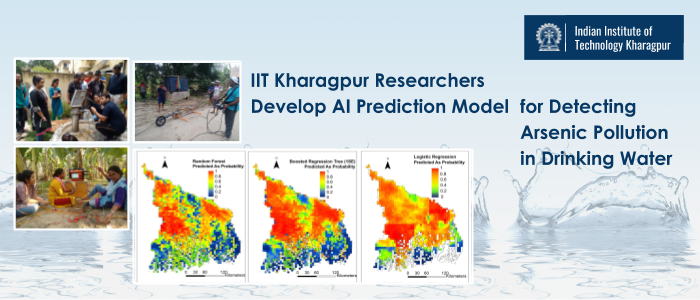
IIT Kharagpur Professor Abhijit Mukherjee has been inducted as a Fellow of the Geological Society of America
“Proud moment for IIT Kharagpur, Prof Abhijit Mukherjee, Associate Professor of the Department of Geology & Geophysics and School of Environmental Science and Engineering, has been inducted as a Fellow of the Geological Society of America (GSA) in the year 2021. I must mention that Prof Mukherjee is the first Indian who has got elected to the Fellowship of the prestigious GSA”, said Prof. Virendra Kumar Tewari, the Director of Indian Institute of Technology Kharagpur. “On behalf of the entire institute, I heartily congratulate Prof Mukherjee on his well-deserved achievements. Best wishes to bring more and more laurels for him…



